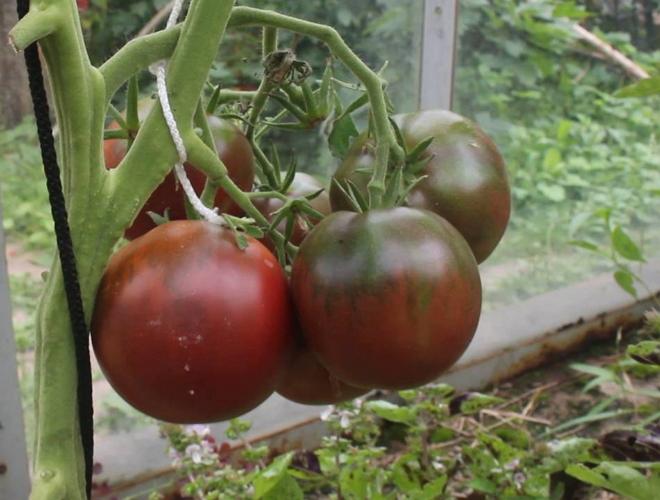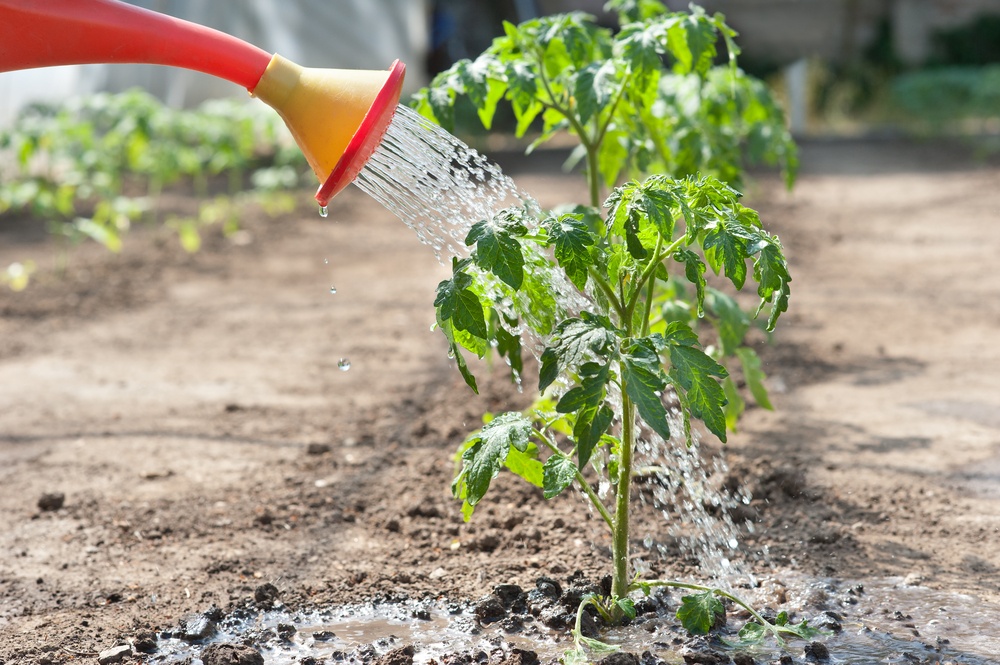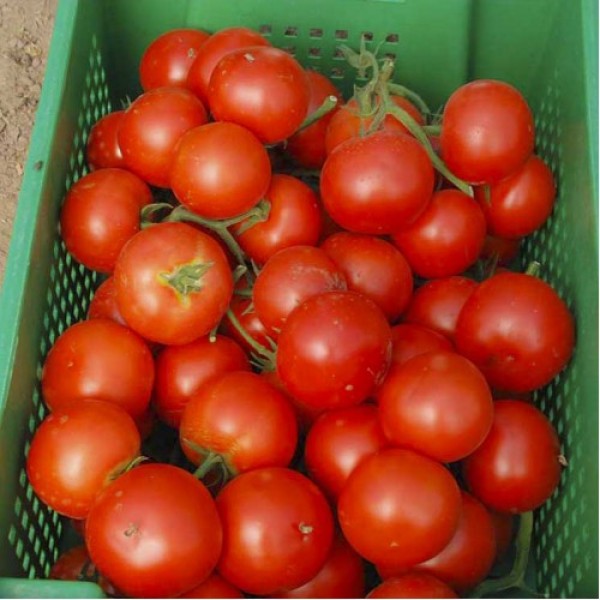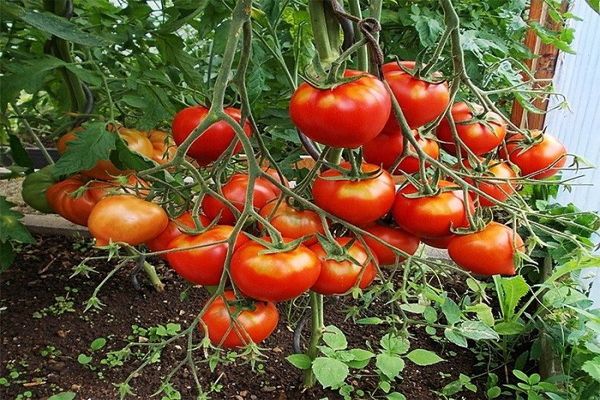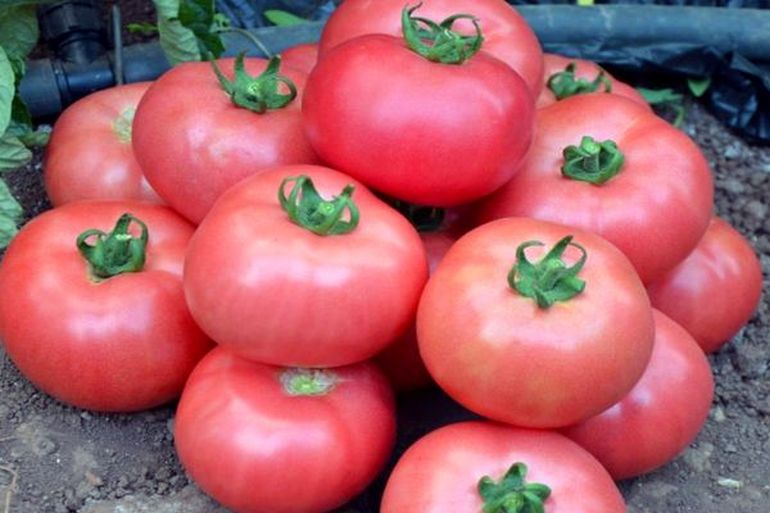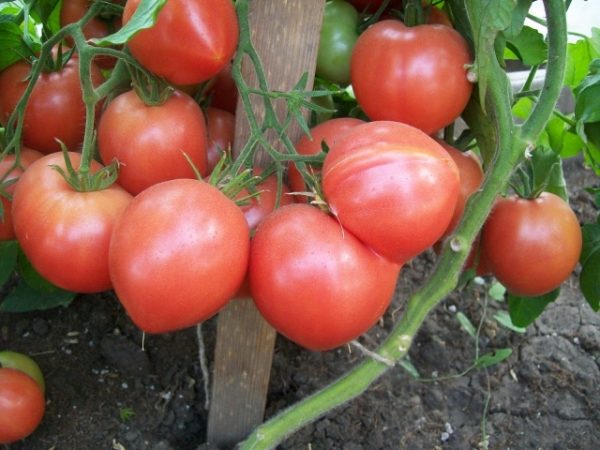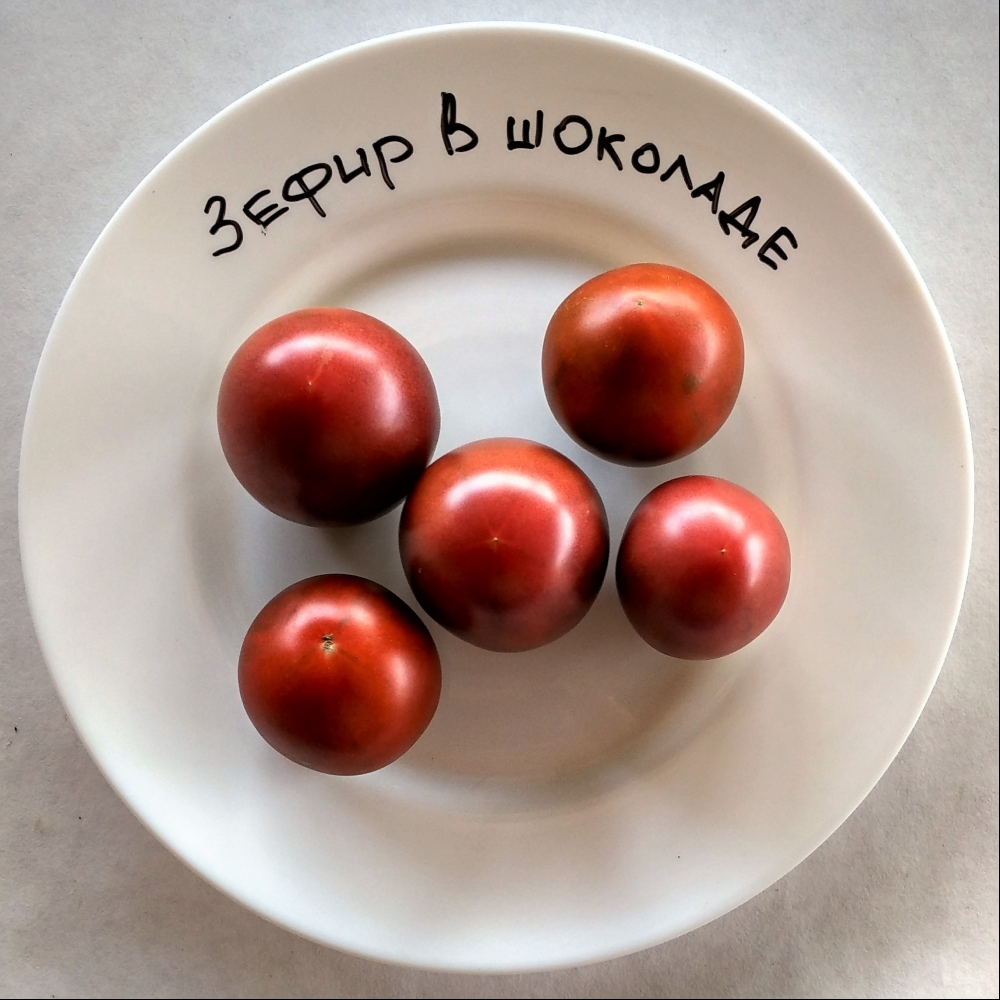Content:
Tomatoes are a very common crop among the population, not everyone wants to buy them ready-made, it is not known how and by whom they are grown, but they grow them independently, on their own plots, because this does not take much effort. Of course, every gardener, before planting tomatoes, chooses a variety suitable for personal parameters. An important aspect of this choice is the possibility of preserving the fruit or eating it fresh.
If you need a tomato variety for making salads, you should get acquainted with the Gypsy variety. Its fruits are attractive in appearance, unusual, taste sweet and pleasant. Slight dryness is compensated by a rich set of nutrients.
Tomato Gypsy: history
This variety is from Russian breeders. It appeared in the State Register in 2000 and is positioned as a crop that can be grown in home gardens, both in the open field and in greenhouses.
Gypsy tomato: characteristics and description of the variety
Gypsy is a tomato variety that is a representative of black-fruited tomatoes. The unusual name was given to him because of the dark color of the fruit skin. Swarthy tomatoes, almost chocolate in color, fell in love with summer residents for their interesting appearance, excellent germination and easy fruit setting. Here are the characteristics of the variety:
- The Gypsy tomato ripens in 110 days, being a mid-season variety;
- Heat-loving, in areas of agriculture with a risk of frost, it is grown under a film or in greenhouses. Grows in the beds in the southern regions;
- It can reach a height of 120 cm, determinant type of bush, leaves are large;
- One brush produces up to 5 tomatoes, the weight of one fruit is about 150 g;
- The flower ovary is located above 8-9 leaves, then after every third leaf there are the remaining brushes;
- The yield can be about 5 kg from one bush;
- Rounded tomatoes. When fully ripe, chocolate color with the presence of a pink tint;
- The fruit pulp has a sweet and sour taste;
- Tomatoes are good for salads, cold cuts, and gravy.
Gypsy tomatoes have varietal value due to their taste and external qualities, as well as good yield and low morbidity. Chocolate-colored tomatoes contain lycopene, which the human body needs as a natural antioxidant.
The full color of the fruit occurs when they are fully ripe. Simple agricultural techniques of this variety allow the Gypsy tomato to ripen to the full.
Agrotechnics
Growing tomatoes of this variety is carried out in seedlings. The seeds are planted at home. The seedlings need to be properly cared for: the appropriate temperature, watering, the required amount of light.
To plant seedlings, equal parts of humus and fertile soil interfere. You can buy seedling soil or peat tablets in special stores. For disinfection, the soil is calcined in a microwave oven or oven for about 20 minutes. Another way is to water the soil with a solution of weak manganese.
The prepared soil is poured into containers 12-15 cm high and, if each plant is planted separately, there is no need for picking. With a general planting, you will need to plant the sprouts.
Plant the seeds shallow, 0.5 cm, and shed. After that, the containers must be covered with foil and placed in a dark place. Seeds germinate at room temperature within a week or so.
After the sprouts have appeared, you can rearrange the containers to a lighter place. Seedlings, so that they grow correctly and actively, create a number of conditions, such as:
- Ø The temperature during the day should be between 18 and 24 degrees;
- Ø At night - from 14 to 16 degrees;
- Ø Half a day needs a bright light;
- Ø Airing, which should be regular;
- Ø Watering is required every 3 days.
If it is not possible to naturally illuminate the seedlings, artificial lighting is used, resorting to phytolamps.
Water the tomatoes with warm and settled water, spraying them. About two weeks before planting the seedlings, it is necessary to harden it for better subsequent adaptation of the sprouts. Watering is done less, the seedlings are aired under the rays of the sun for 2 hours, gradually increasing the time interval.
Disembarkation
As noted above, in the description of Gypsy tomatoes, this variety is recommended to be grown indoors. The planting site is being prepared in the fall. In the greenhouse, the top soil layer is removed, which can contain insects and fungal pathogens.
Tomatoes love light, fertile soil, into which air and moisture pass freely. In autumn, the greenhouse soil is dug up and fertilized, bringing in humus, superphosphate and potassium salt.
It is better if, before the Gypsy tomatoes, cabbage, onions or carrots grew in this place. It is not recommended to plant after tomatoes of any varieties, peppers, eggplants, potatoes.
Further care
For a good yield of tomato bushes, they need to be constantly looked after. Care consists in watering, fertilizing with organic and mineral substances. It is also necessary to form a bush and tie it up. We need to treat the plant from pests and diseases.
Watering
Tomatoes are watered according to weather conditions, as well as according to the stages of plant growth. Just as when watering seedlings, warm and settled water is used. Watering is done in the morning or evening, not on the leaves, but under the root of the culture. There is a watering plan:
- Until the inflorescences appear - every week, 5 liters of water under the bush;
- During flowering - every 4 days, 3 liters;
- During fruiting - 4 liters of water once a week.
When there is too much moisture, the development of fungus can be provoked, so you need to ventilate the greenhouse after watering. Proper watering is especially important during fruiting so that the tomatoes do not crack.
Fertilizer
For proper and full-fledged development, the Gypsy tomato needs to be fed with organic matter and mineral fertilizers. The first time they use a liquid mullein, diluted in water, adding 1 liter under the bush. The next time, when the ovaries are already forming, potassium and phosphorus are needed. Superphosphate and potassium sulfate are mixed with water.
How a bush is formed
Gypsy tomato bushes need to be formed into 2-3 stems, while the shoots that are superfluous are removed manually. Then all the forces of the plant will be directed towards the formation of the fruit. Bushes need support. They can be wooden slats or metal rods. Support is needed to get an even stem, brushes and fruits are also tied.
How to protect against pests and diseases
Tomato Gypsy, judging by the reviews of summer residents, is a little sick. But prevention is still necessary. It consists in airing, watering according to the scheme and removing unnecessary shoots. When symptoms of the disease appear, the affected parts of the plant must be removed. Tobacco dust is a popular and proven remedy for insects. Pests are afraid of the pungent smell of ammonia.
Advantages and disadvantages
The advantages of Gypsy tomatoes include:
- Great yield;
- Interesting and unusual appearance;
- Sweet taste with sourness present.
Of the shortcomings, the possibility of some diseases and damage by insects is distinguished, which are solved by forming a bush and pinching.
Gypsy tomatoes require some care from the gardener, and the result is an excellent result in the form of a good harvest.
